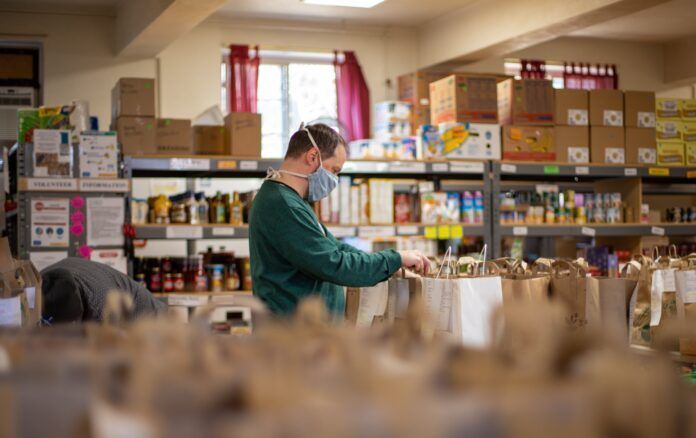Food Banks Canada released a report highlighting the growing need for new legislation to help Canadians make ends meet.
They say in their Hunger Count 2024 report that the need for food banks is “spiraling out of control,” with a 90% increase in visits across the country compared to 2019.
“This is not a storm that policymakers can “wait out.” The damage is done, and people need immediate support to help them recover,” reads the report.
On average food banks reported running out of food early before the demand was met and “56% gave out less food than usual to avoid running out”.
Compared to 5 years ago the number of children using food banks has risen from 300,000 per month to 700,000 per month, a 33% increase.
The data they used was from March of this year and it showed that across the country more than two million people used the foodbank in a single record-breaking month.
In BC food banks reported 225,605 visits per month, 70,000 of which were children.
Food Banks BC Executive Director, Dan Huang-Taylor told Vista Radio the rising cost of living has been an issue for nearly five years – rearing its ugly head prior to the start of the pandemic.
“The alarming statistics are that we are up 80% on where we were pre-pandemic in 2019 and the increase we see in the number of visits between 2023 to 2024 is about 15%, which makes us the third-highest in the country.”
He added it’s a bit of a perfect storm where food banks can’t keep up the increased foot traffic while donors can’t afford to stock the shelves as often.
“We have 108 member agencies but there are hundreds of organizations who are all feeling the same strain. The demand for services is up significantly and the supply of food that is coming in as well as the financial donations – people have less to give right now.”
“We have situations where people who were once donors are now turning into clients. I think that tells you everything you need to know about how hard it is for people and obviously food banks are battling under the strain of this situation.”
As for how the situation can be fixed, Huang-Taylor certain financial benefits need to come up while the cost of housing needs to come down.
“We need to see measures that will increase the rates of social assistance and other benefits and we need more affordable housing. The minimum wage is well, well short of what the living wage is in BC.”
“This is tied to income and poverty. We know that food and security are directly connected to income and financial insecurity. We are in a cost-of-living crisis. Poverty is spiraling out of control and food banks are on the front lines and they are experiencing the brunt of the hard times many British Columbians are finding themselves in.”
They add that 70% of their clients live in market rental housing which is highest among people under 45 and who have been in Canada for less than 10 years.
The 108-page report recommended policy to help “rebuild Canada’s social safety net”, including a grocery and essentials tax benefit, modernizing E-I and, ensuring all federal benefits are indexed to inflation.
A link to the report can be found here.
– with files from My Kootenay Now staff
Something going on in the Prince George area you think people should know about?
Send us a news tip by emailing [email protected].






